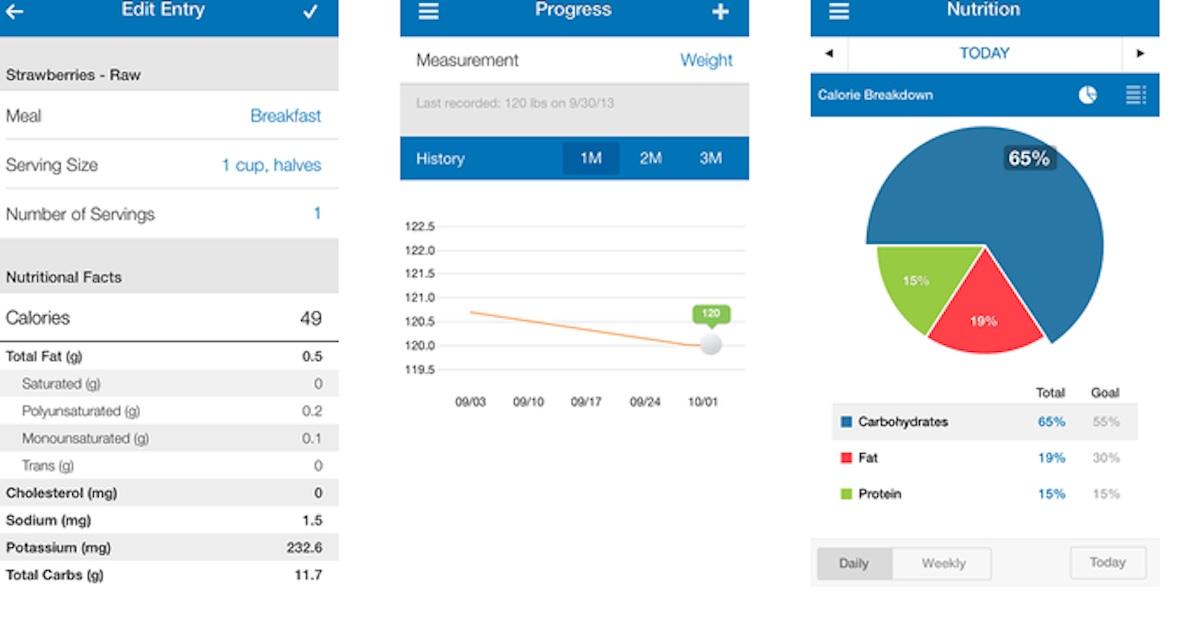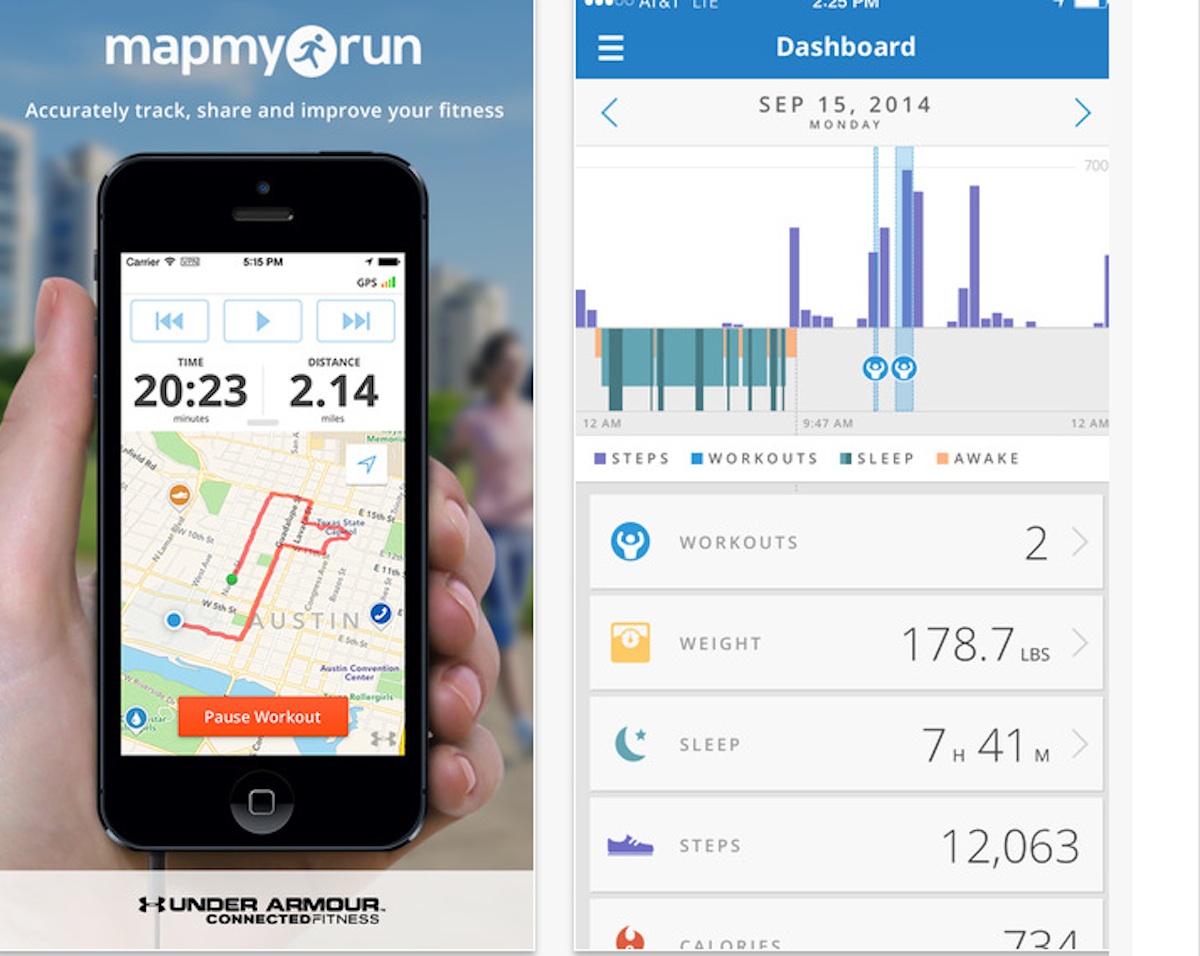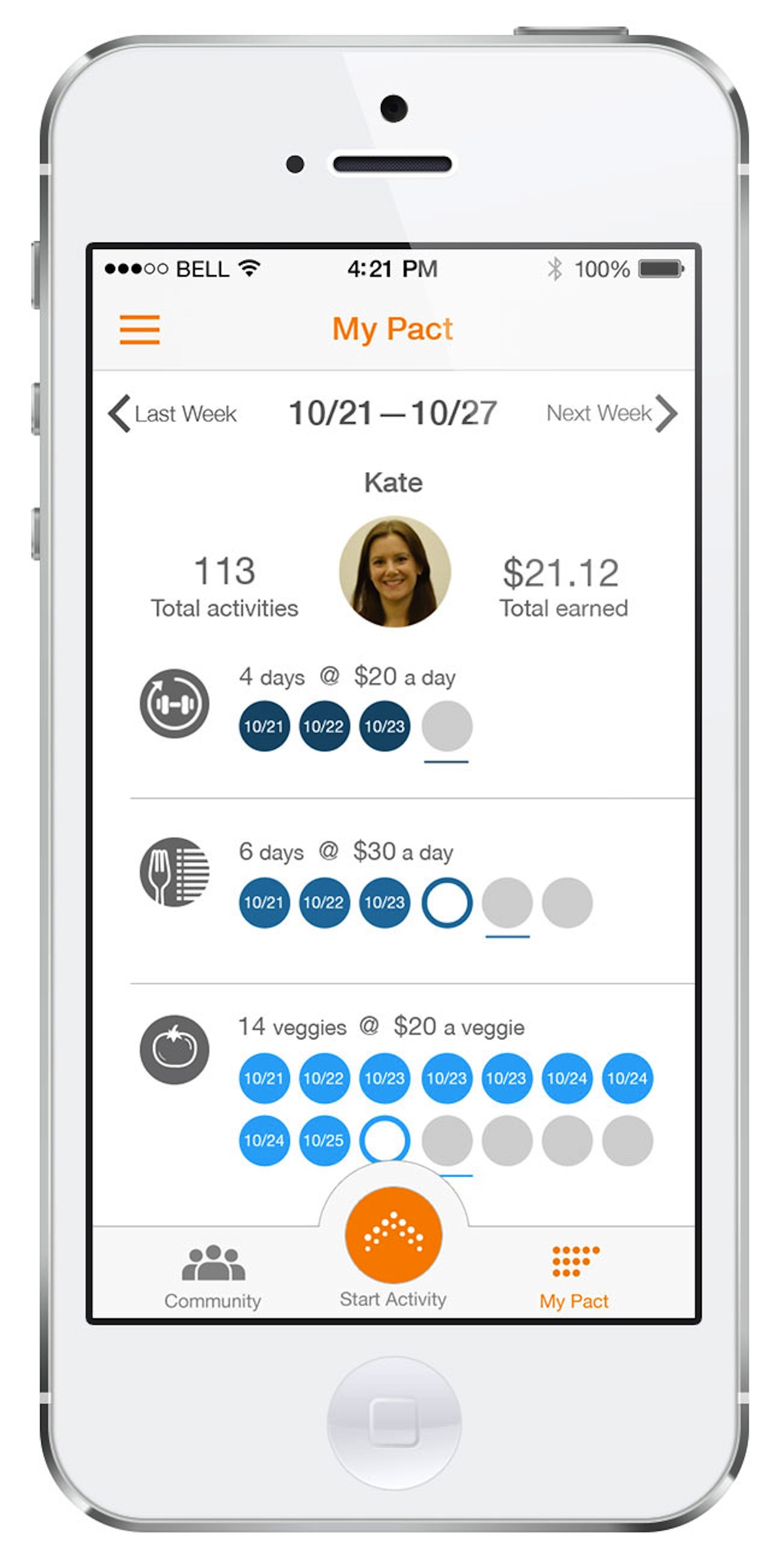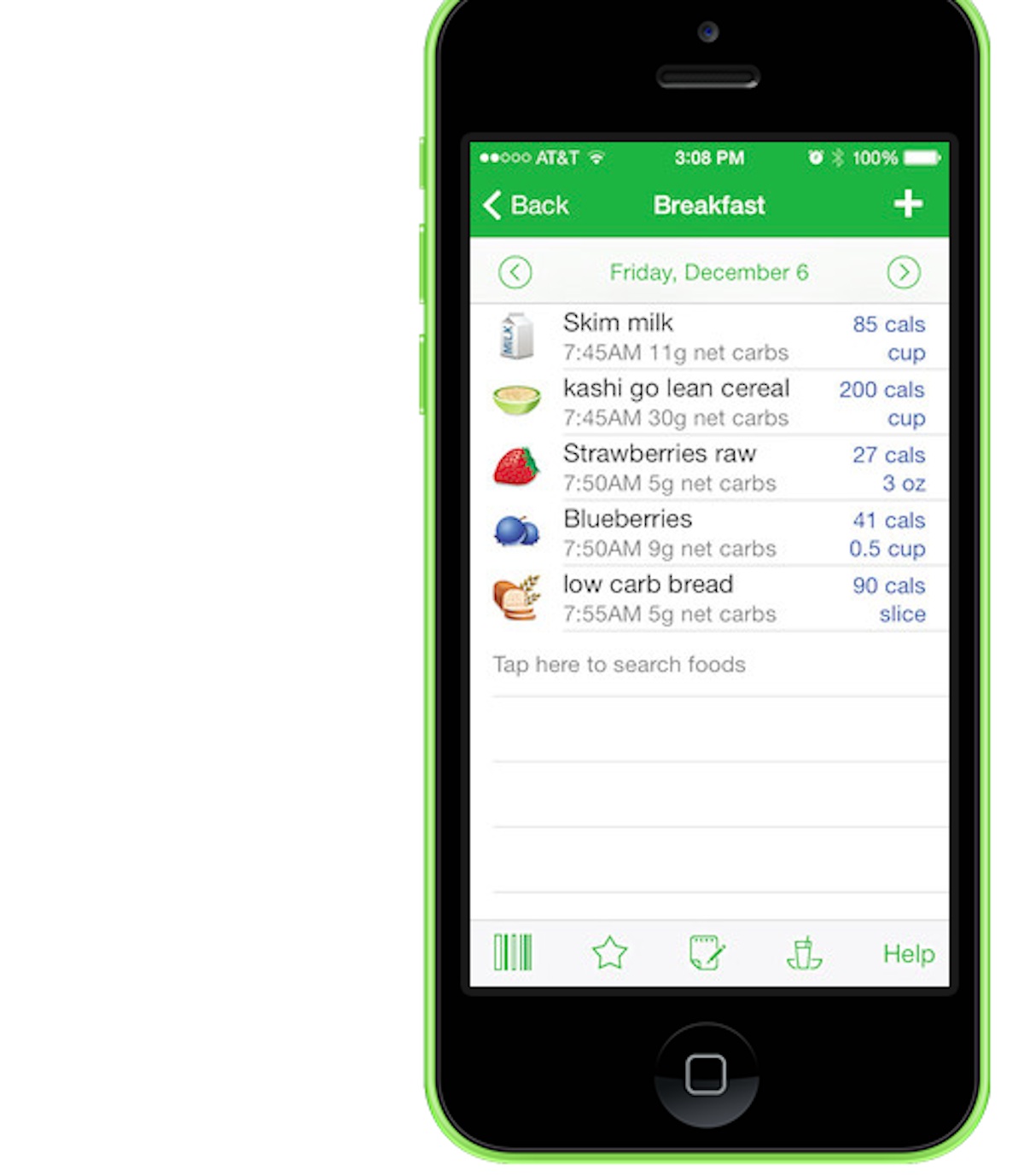A Trainer’s Take on Five Popular Health and Fitness Apps
It seems there’s an app for everything these days, and according to research from Google, the options for tech savvy health nuts are practically endless. So, in order to help you save precious memory space on your phone, we asked Boston-based trainer Stacey Schaedler which popular health apps are actually worth a download. Here’s what we discovered.
How it works: The free version of the app allows users to earn points for daily workouts as well as track progress and stay motivated by joining the online community. For $1 a day, Fitocracy matches clients with a coach and provides a personalized nutrition plan.
Schaedler’s take: “Fitocracy is one of the only apps I have seen that actually does an amazing job with strength training,” she says, adding that strength training is the cornerstone of her training technique. “Tracking your progress is one of the keys to lasting success. Having the weekly records that confirm you are getting stronger further reinforces the behavior.”
How it works: A classic health tracking app, MyFitnessPal allows people to monitor the calories they consume and burn by selecting foods and activities from its internal database, all for free.
Schaedler’s take: Though Schaedler likes the app’s nutrition tracker, especially combined with the use of Fitocracy, she cautions against the temptation to directly relate calories burned with food choices. “Personally, I don’t advocate, ‘If you burn this many calories, then you can eat that,'” she says. “For that reason, I do not encourage clients to track their activity within MyFitnessPal.”
How it works: The primary function of this free app is tracking mileage and calories burned while running or walking, but it also features nutrition and general activity trackers and the ability to support—or challenge—friends.
Schaedler’s take: Schaedler notes that running is not her primary form of exercise, but she says that MapMyRun is a great option for those who do pound the pavement. “You can look up new running routes and post your progress online for all to see,” she says. “Talk about motivation!”
How it works: Pact may be free, but your bank account could take a hit if you slack off. Users select a nutrition- or exercise-related goal and an amount of money they’ll be charged each week if it isn’t met. Then, the app automatically takes that money out of your bank account if you fall short, with those funds going to users who did meet their weekly pact.
Schaedler’s take: Schaedler says that she isn’t very familiar with Pact because her clients aren’t using it, but she does like the idea behind it.
How it works: Individuals enter their meals and exercise for the day, bringing accountability that the app claims allows the average person to lose 1.4 pounds each week. The “pro” version, which costs $3.99 a month, comes with more analysis and planning as well as the option to scan food barcodes for nutrition information.
Schaedler’s take: Unlike many nutrition trackers, which are difficult to use or leave out many foods, Schaedler recommends MyNetDiary for its “simplicity and ease of use.”







